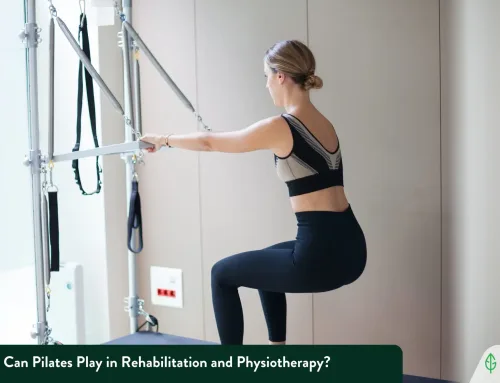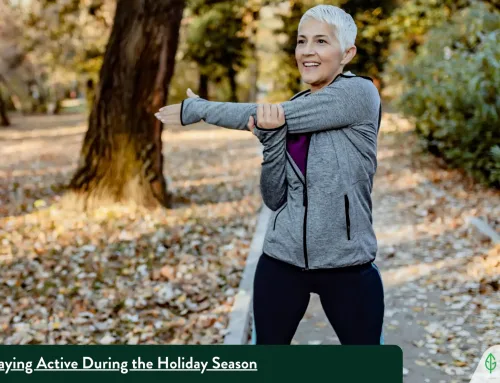Pilates is a fantastic exercise method that focuses on building core strength, improving flexibility, and enhancing body awareness. While Pilates offers numerous benefits for overall health and fitness, some individuals may experience wrist pain or discomfort during certain exercises. Wrist pain can be caused by various factors, such as repetitive stress, previous injuries, or underlying conditions like carpal tunnel syndrome. If you’re experiencing wrist pain during your Pilates practice, there are several tips and modifications you can implement to continue enjoying the benefits of Pilates without aggravating your wrists. In this blog post, we’ll explore these tips and modifications to help you have a comfortable and rewarding Pilates experience.
Proper Hand Placement
Correct hand placement is crucial in reducing wrist strain during Pilates exercises. When performing exercises that involve weight-bearing through the hands, such as plank or push-ups, ensure that your hands are aligned directly under your shoulders. Your fingers should be spread wide, with your fingertips pressing firmly into the mat. Avoid collapsing or hyperextending your wrists, as this can exacerbate pain and discomfort.
Use Wrist Supports
If you have chronic wrist pain or injuries, consider using wrist supports to alleviate pressure on the wrists. Wrist supports, such as Pilates wrist pads or yoga blocks, can provide additional cushioning and stability during weight-bearing exercises. Place the supports under your hands to create a more comfortable surface and reduce wrist strain.
Fist or Knuckle Modification
For exercises that require you to bear weight on your hands, try using a fist or knuckle modification. Instead of placing your palms flat on the mat, make a fist or rest on your knuckles while keeping your fingers relaxed. This modification helps to maintain wrist alignment and reduces the angle at which the wrist is bent, alleviating pressure on the joints.

Forearm Plank or Dolphin Plank
If wrist pain is preventing you from performing traditional plank exercises, opt for forearm plank or dolphin plank instead. In the forearm plank, support your body weight on your forearms and elbows, while in dolphin plank, rest on your forearms with your hips lifted. These modifications engage the core and work the same muscle groups as a standard plank while minimizing stress on the wrists.
Hands-on Hips Modification
During certain Pilates exercises that require you to lift your upper body off the mat, such as the Pilates roll-up, try a hands-on hips modification. Instead of reaching your arms overhead, place your hands on your hips while performing the movement. This modification helps to maintain proper form and reduces strain on the wrists.
Use Props and Equipment
Incorporating props and equipment can provide support and reduce wrist strain during your Pilates practice. For example, using a Pilates ring or resistance bands can engage the upper body without putting excessive weight on the wrists. Additionally, using a Pilates ball as a prop can provide additional support during exercises that require you to balance on your hands.
Focus on Non-Weight Bearing Exercises
If your wrists are particularly sensitive, consider focusing on non-weight bearing exercises that emphasize other muscle groups. Pilates offers a wide range of exercises that target the core, legs, and glutes without putting pressure on the wrists. Examples include leg circles, glute bridges, and seated exercises.
Seek Professional Guidance
If you’re experiencing persistent wrist pain during Pilates, it’s essential to consult a qualified Pilates instructor or healthcare professional. They can assess your form, provide personalized modifications, and offer valuable advice on how to manage wrist pain effectively.
Wrist pain should not deter you from enjoying the countless benefits of Pilates. By implementing proper hand placement, using wrist supports, and exploring modifications that alleviate pressure on the wrists, you can continue to engage in a fulfilling and pain-free Pilates practice. Remember to listen to your body, make adjustments as needed, and seek professional guidance if necessary. With the right modifications and mindful approach, Pilates can remain a rewarding and enjoyable exercise method that contributes to your overall health and well-being.
Read more: Interesting Facts About Pilates
Discover the power of Pilates with Evergreen Rehab and Wellness – strengthening your body, and calming your mind.
Take the first step towards a stronger, healthier you – sign up for Evergreen Rehab and Wellness Pilates today! You may book a 1:1 or a duet Pilates session at our Coquitlam clinic or Langley Clinic.
Sign-Up Today!
Get the daily those of health and wellness tips and the latest offers across our clinics.





